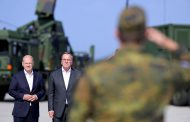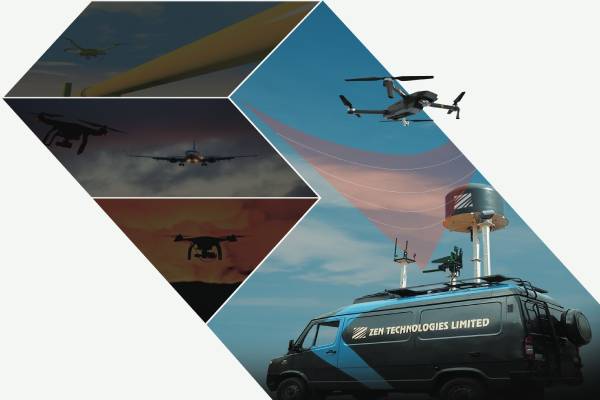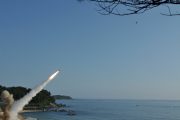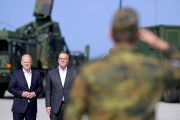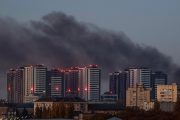President Joe Biden’s administration has allowed Ukraine to use the U.S.-made Army Tactical Missile System (ATACMS) missiles to strike deep inside Russia, two U.S. officials and a source familiar with the decision said this weekend, in a significant reversal of Washington’s policy in the Ukraine-Russia conflict.
According to sources, Ukraine plans to conduct its first long-range attacks in the coming days without revealing details due to operational security concerns.
Ukrainian forces used U.S.-supplied long-range ATACMS missiles for the first time in October 2023, with President Volodymyr Zelenskyy saying the weapons had “proven themselves.”
The decision to allow Ukraine to use ATACMS to strike deep within Russia comes two months before President-elect Donald Trump takes office on January 20 and follows months of pleas by Zelenskyy to allow Ukraine’s military to use U.S. weapons to hit Russian military targets far from its border.
The change comes largely in response to Russia’s deployment of North Korean ground troops to supplement its own forces, a development that has caused alarm in Washington and Kyiv, a U.S. official and a source familiar with the decision said.
Ukraine likely has what are known as M39A1 Block IA ATACMS that are guided in part by Global Positioning System and have a range of 70 to 300 km. They can carry a payload of 300 bomblets. The M39 Block IA were used in Operation Iraqi Freedom, according to army documents, and were added to the U.S. arsenal in 1997.
Ukraine likely also has M57 ATACMS that delivers a single, 500-pound (230-kg) high-explosive warhead at a range of 70 to 300 km. The M57 was first used in 2004 and has been used in several conflicts, including Operation Enduring Freedom, according to army documents.
France and Britain have provided SCALP and Storm Shadow missiles, but neither government has spelt out whether they would follow the Americans by allowing Ukraine to use Storm Shadow/SCALP cruise missiles, which have a range of 250 km, for longer-range, cross-border strikes.
With the U.S. permission, Ukraine will now be able to strike targets deep inside Russia, most likely around Russia’s Kursk region, where Kyiv forces still hold swaths of the territory and where North Korean troops are reported to be concentrated.
In August, analysts at the Washington-based Institute for the Study of War said hundreds of known Russian military objects were in the range of ATACMS.
It is likely, however, that some of the military assets have been moved deeper into Russia or are better protected in anticipation of long-range strikes from Ukraine. Russian air defences can also destroy the missile as it follows a ballistic trajectory, which is easier to track and engage compared to a low-flying cruise missile.
Team Bharatshakti
(With inputs from Reuters)







